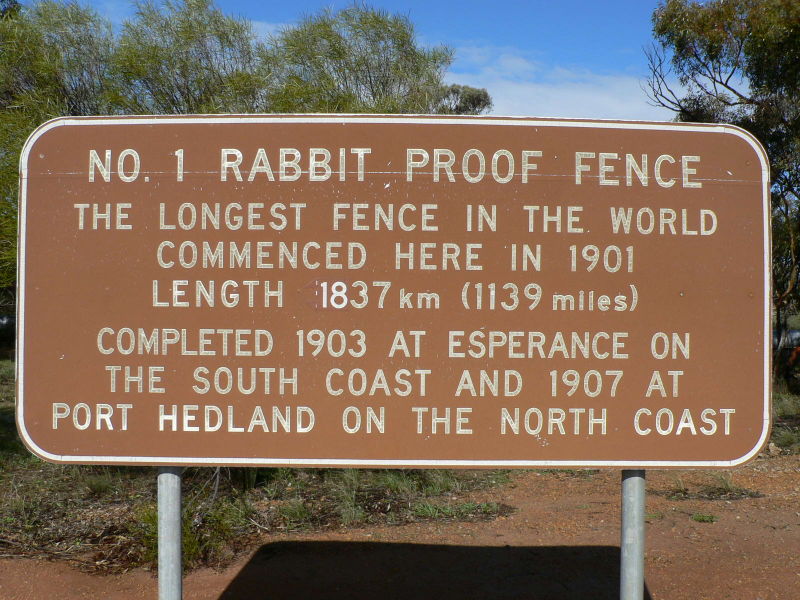A continuing journey
Since we’re looking at the thematic concepts of adaptability and perseverance, we’ll be watching Phillip Noyce’s 2002 film “Rabbit-Proof Fence.” An important trait of good literature is that it allows us to safely and intelligently grapple with difficult issues, to empathize with people who find themselves in challenging situations, and to make changes in our own thinking that may impact ourselves and others in the days to come.
This is one of those stories.
While some poetic license has been taken by the film makers, this film closely follows the real-life accounts of the aboriginal girl, Molly Craig. In fact, the novel on which this film is based was written by Doris Pilkington – Craig’s daughter – who was also taken from her mother as a child and relocated into a colonial, white school.
WebQuest
But, we’re getting ahead of ourselves a bit.
In order to really understand and appreciate the complexity of this story, we need to do a little research to establish some context. Otherwise, this story and this film will not bring to us the richness that it holds and that we deserve.
Please open the Webquest document in Canvas and follow the instructions as directed. Be prepared to share your findings with your small group and possibly with the whole class.
Never heard of Australia’s Rabbit-Proof Fences? Here’s some quick info:
Did you know that you have free access to some of the most amazing online databases because you’re a student here at MTHS? Check out this super-secret (okay, not really) listing of these resources.
- Library Databases
- Make sure you’re logged in to your ESD account
- Click on the “Library Databases” tab
“Rabbit-Proof Fence” – The Film
A powerfully poignant film, Phillip Noyce’s “Rabbit-Proof Fence” would be compelling on its own, but it becomes even more devastating when you learn that it’s based largely on a true story. In order to best appreciate the film, it’s important to understand its context and setting. So, here are a couple of resources for you (in addition to those we accessed in class):
• Australian Human Rights Commission Report on Stolen Generations
This is a highly complex issue and it is difficult to relate to in our time, but it was just more than 50 years ago that the practice of Aboriginal relocation and assimilation was officially abolished in Australia. This film is based on the experiences of three children who were taken away from their mothers in Western Australia. Here’s more information specifically about the film:
• Long road home_ Philip Noyce’s Rabbit-Proof Fence
• Roger Ebert’s review of “Rabbit-Proof Fence”
• Everylyn Sampi follow-up story
• Summary of “Follow the Rabbit-Proof Fence”
Finally, we’re going to examine this film in terms of setting, conflict, characterization and the themes of adaptability and perseverance. To best understand these traits, it’s also critical to fully appreciate these related literary terms as they relate to the film. Please reference these links:
• Setting
• Conflict
• Theme
A challenging heroic journey
Continuing with our thematic unit focusing on the character traits of adaptability and perseverance, it’s important to note that good literature allows us to safely and intelligently grapple with difficult issues, to empathize with people who find themselves in challenging situations, and to make changes in our own thinking that may impact ourselves and others in the days to come. This is one of those stories. While some poetic license has been taken by the filmmakers, this film closely follows the real-life accounts of the aboriginal girl, Molly Craig. In fact, the novel on which this film is based was written by Doris Pilkington – Craig’s daughter – who was also taken from her mother as a child and relocated into a colonial, white school.
One of the main thematic elements of the film and the story is that it can be viewed as a kind of hero’s journey. In order to understand each of these concepts better, here’s some additional information about the concept of the hero’s journey:
The Stolen Generation, including (Part 2) Australia’s prime minister speaks on the inaugural “Sorry Day” in 2008

